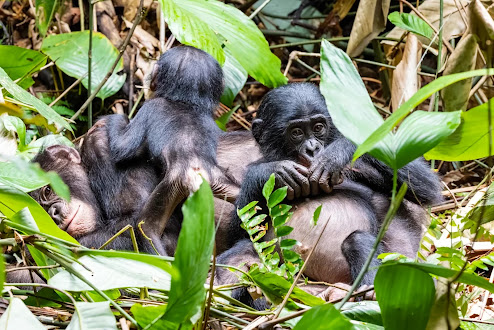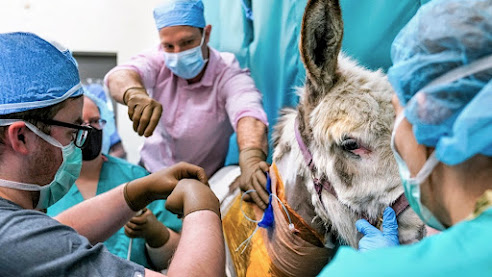 |
| Fluralaner and ivermectin were tested for their effectiveness in killing bed bugs. Photo Credit: Courtesy of Coby Schal and Maria Gonzalez-Morales. |
Two common drugs used by veterinarians to combat parasites may be effective against bed bugs, with one showing especially strong potential, according to a new study from North Carolina State University that examined the drugs in the context of controlling resurgent bed bug populations on poultry farms.
Fluralaner and ivermectin, which are used to kill fleas and ticks on household pets like dogs and cats, among other uses, were tested for their effectiveness in killing bed bugs. In a collaboration between entomologists and veterinary scientists from NC State’s College of Veterinary Medicine, researchers tested bed bug mortality rates in different experiments: after the pests consumed blood mixed with the drugs on the lab bench and after bed bugs bit and fed off chickens that had either ingested or received topical treatment with the drugs.
Fluralaner is a relatively new, longer-lasting anti-parasitic drug used mostly for companion animals; however, Europe and Australia have approved its use for the poultry industry. Besides household pet uses, ivermectin effectively serves anti-parasitic uses in human populations, particularly in Africa, as well as in larger animals.

















.jpg)




.jpg)
